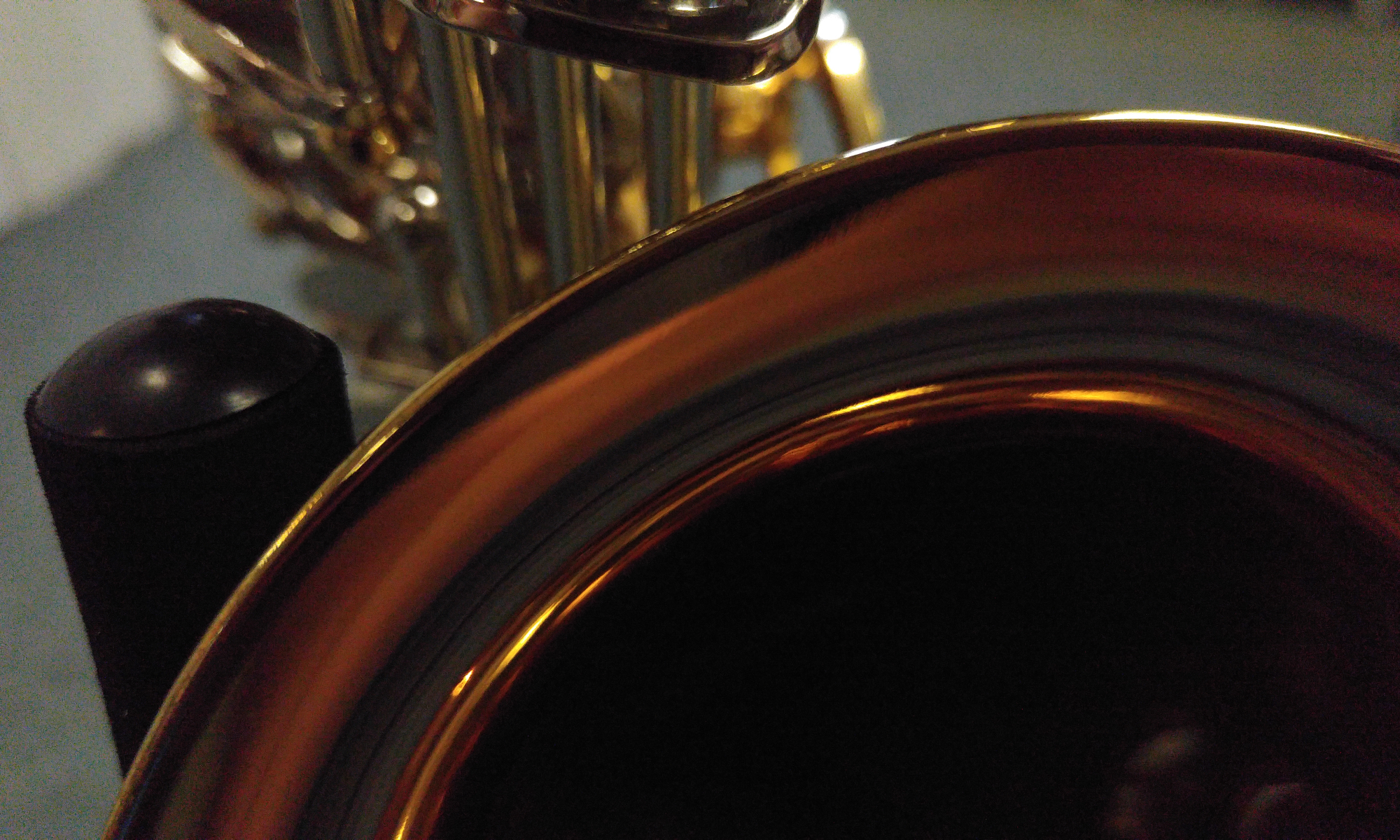Lyric poetry is a matter of seeing, seeing
an act of the mind going
here and there
to and from
familiar places (away from home
and back again again
again) a way
of making
new, inviting
us to see what we
think we know
so well we
see
eyes closed,
to see
now
for the first time
what we have seen
before. To make a scene.
Ken Hada is a nature poet in the sense that his poetry touches us with what we take to be other. It is a cultivated habit of being in the world. And that makes him a “city” poet as well, because a city is what happens when humans dwell on a place.
What I find most remarkable about Ken’s poetry is its gentle admonition to dwell here now in this place where congregations of krill loiter, “unsuspecting as a wave” (1), “…an emerging world / where winter has been” (3), where we so often “name gulls / but fail to understand / gulls naming us” (20). Ken “manages a small fire” (12), and that is a big part of what it means to be at home.
“For all of us / it’s simply a matter of time” (43). What it is is simply a matter of being “witness to things / defying explanation, flourishing without me” (53). Without me, eyes closed, to see now.
I know Ken’s Canadian River from “slipping / through shifting sand, eyes / pierced…” (67) picking plums miles upstream. I have known many of the places he writes about all my life. And I am grateful for the opportunity Margaritas and Redfish gives me to see them now for the first time.
Whether you know these places from childhood or not, you will be glad Ken has taken the time to dwell on them. Pitch a tent here with him, make a scene. Accompany this gifted poet who walks lightly “where grace empties / into a delta” (1), a city as wide as the world.
reviewed by Steven Schroeder, Chicago
Ken Hada. Margaritas and Redfish. Lamar University Press, 2013. ISBN 978-0-985-0838-6-1.
